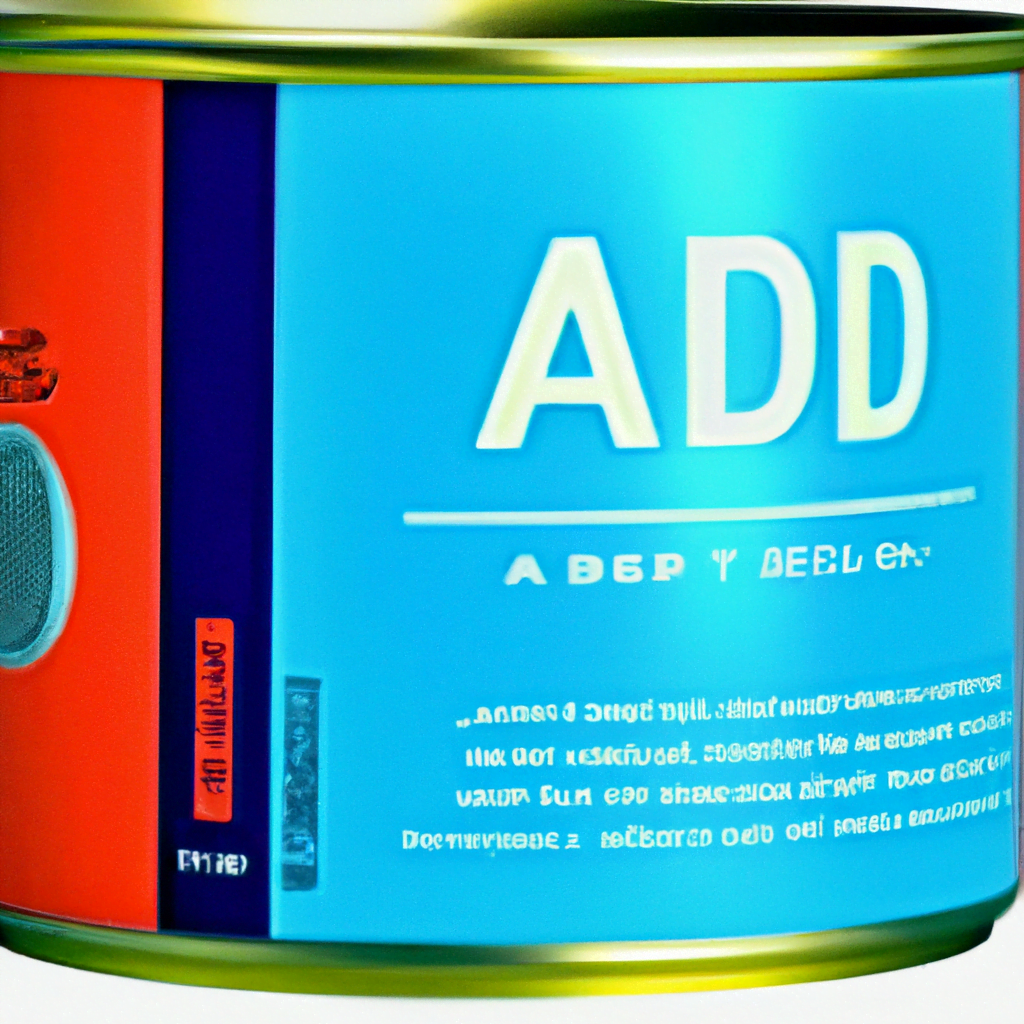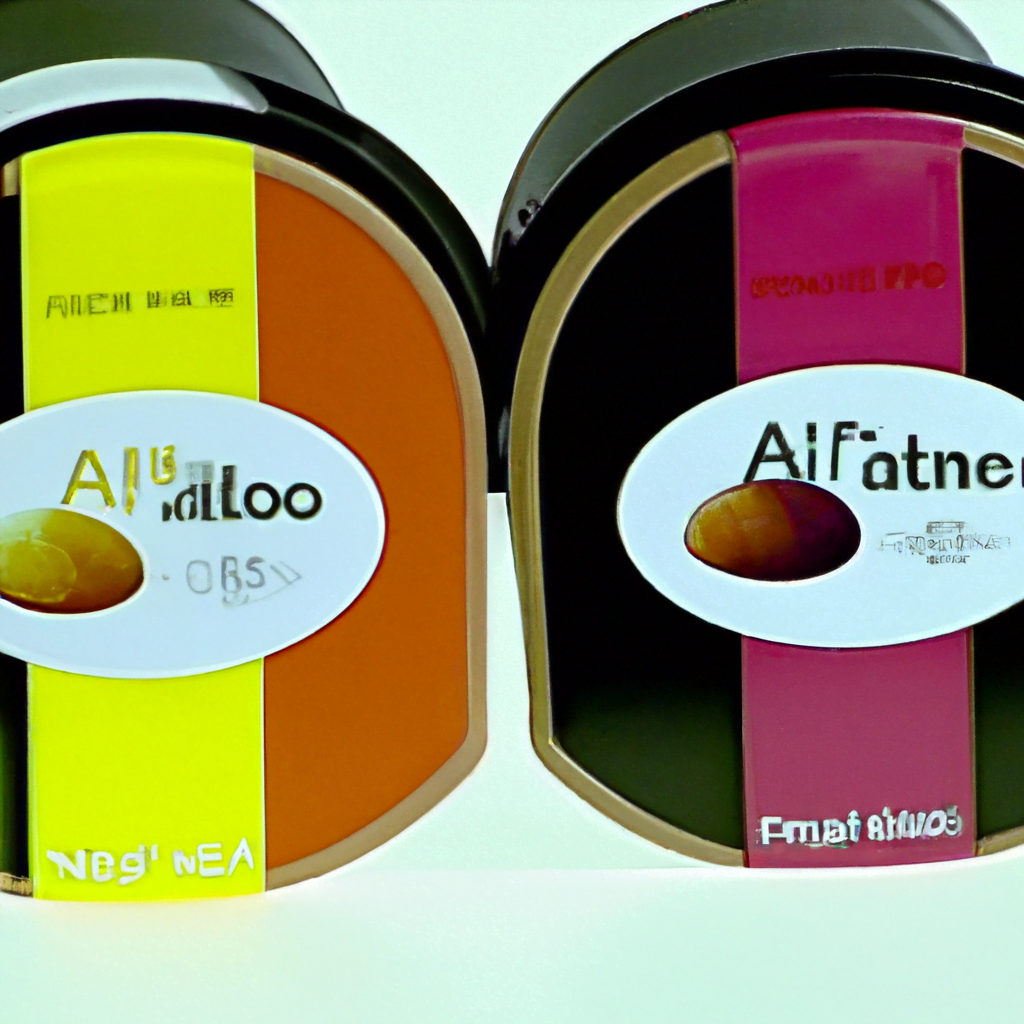
AI in Packaging Design: Customization and Personalization

Artificial Intelligence (AI) has revolutionized various industries, and packaging design is no exception. With the advancement of AI technology, packaging designers now have access to powerful tools that enable customization and personalization like never before. This article explores the impact of AI in packaging design, highlighting its benefits, challenges, and potential future developments.
The Rise of AI in Packaging Design
In recent years, AI has gained significant traction in the packaging industry. Traditionally, packaging design involved manual processes, which were time-consuming and limited in terms of creativity and personalization. However, AI has transformed this landscape by offering innovative solutions that streamline the design process and enhance customer experiences.
AI-powered algorithms can analyze vast amounts of data, including consumer preferences, market trends, and competitor analysis, to generate valuable insights for packaging designers. By leveraging this data, designers can create packaging that resonates with their target audience, leading to increased brand loyalty and sales.
Customization: Tailoring Packaging to Individual Needs
One of the key advantages of AI in packaging design is the ability to customize packaging to meet individual needs. AI algorithms can analyze customer data, such as purchase history, demographics, and preferences, to create personalized packaging solutions.
For example, a cosmetic brand can use AI to analyze a customer’s skin type, tone, and preferences to create a customized packaging design for their foundation. This level of personalization not only enhances the customer’s experience but also strengthens brand loyalty and increases the likelihood of repeat purchases.
Furthermore, AI can enable real-time customization, allowing customers to personalize their packaging at the point of purchase. For instance, a beverage company can use AI-powered kiosks that allow customers to choose their preferred label design, color, and even add personalized messages. This level of customization creates a unique and memorable experience for customers, fostering a deeper connection with the brand.
Personalization: Connecting with Consumers on a Deeper Level
AI in packaging design goes beyond customization; it also enables personalization by creating packaging that connects with consumers on a deeper level. By leveraging AI algorithms, packaging designers can tap into emotional and psychological factors to create packaging that resonates with consumers’ values and aspirations.
For instance, a sustainable clothing brand can use AI to analyze consumer sentiment and design packaging that reflects their commitment to environmental responsibility. By using eco-friendly materials and incorporating messaging that highlights the brand’s sustainability efforts, the packaging becomes an extension of the brand’s values, creating a stronger emotional connection with consumers.
Personalization can also extend to cultural and regional preferences. AI algorithms can analyze cultural nuances and design packaging that aligns with specific cultural aesthetics and symbolism. This level of personalization not only enhances the brand’s appeal but also demonstrates respect and understanding for diverse consumer groups.
Challenges and Considerations
While AI offers numerous benefits in packaging design, there are also challenges and considerations that need to be addressed:
- Data Privacy: AI relies on vast amounts of data, including personal information. It is crucial for companies to prioritize data privacy and ensure compliance with relevant regulations.
- Algorithm Bias: AI algorithms are only as good as the data they are trained on. It is essential to address algorithm bias and ensure that the AI systems do not perpetuate stereotypes or discriminatory practices.
- Human Touch: While AI can automate and enhance the design process, it is important to strike a balance between automation and the human touch. Designers should still have the freedom to inject creativity and intuition into the process.
The Future of AI in Packaging Design
The potential of AI in packaging design is vast, and the future holds exciting possibilities. Here are some potential developments to look out for:
- Real-time Feedback: AI can enable real-time feedback on packaging designs, allowing designers to make adjustments and improvements based on consumer reactions.
- Augmented Reality (AR): AR technology combined with AI can create interactive packaging experiences, where customers can visualize the product or access additional information through their smartphones.
- Environmental Impact: AI can help designers optimize packaging materials and reduce waste, leading to more sustainable packaging solutions.
Summary
AI has transformed the packaging design industry by enabling customization and personalization. Through AI algorithms, packaging designers can create customized packaging that meets individual needs and resonates with consumers on a deeper level. However, challenges such as data privacy and algorithm bias need to be addressed. The future of AI in packaging design holds exciting possibilities, including real-time feedback, augmented reality, and a focus on environmental impact. As AI continues to advance, packaging design will become more tailored, engaging, and sustainable, enhancing both the customer experience and brand loyalty.
